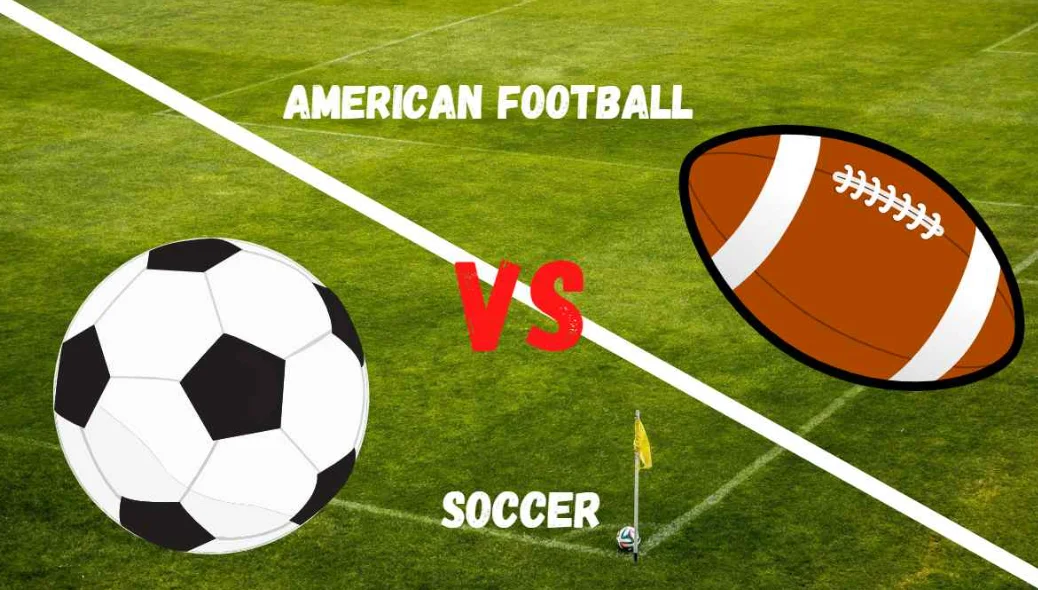Introduction:
The world of sports is vast and diverse, with each culture adding a unique flavor to the global sports landscape. Soccer and football are two very popular sports that often generate controversy about their differences. Are they the same entities or different entities with different rules and culture? In this blog, “we dive into the nuances between Soccer and football and highlight the terminology, rules and cultural significance that distinguish these sports.
Terminology:
One of the main reasons soccer is confused with football is the terminology used to describe the game. In the United States, Canada and some other countries, “football”, it refers to a sport played primarily with hands, featuring a rectangular ball and end zones. In contrast, other parts of the world, including Europe, Asia and South America, mainly use the term “football”, describes a sport played primarily with the feet and a spherical ball. The American version of football is often referred to as “American football”. Or “gridiron football” to avoid confusion.
Game Rules:
The rules of Soccer and football are exceptionally distinctive, reflecting the diverse playing styles and goals of each sport. Soccer, too known as affiliation football, is played by two groups of 11 players each. The main objective is to utilize any part of the body except the hands and arms (except the goalkeeper) to deliver the ball to the opposing team and into the net. The match is partitioned into two parts, each enduring 45 minutes, with extra time for stoppage time.
On the other hand, football or American football highlights a complex set of rules and games. Teams advance down the field gaining yards through a series of plays, with the ultimate goal of coming to the opponent’s end zone. In football, the use of hands and arms is vital, with players wearing helmets and protective clothing to handle opponents and avoid harm. The match is separated into four quarters of 15 minutes each.
Field Dimensions:
The measurements of the playing field too vary between soccer and football. Soccer areas are generally bigger, with standard measurements extending from 100 to 110 yards in length and 50 to 100 yards in width. Football fields are more compact, measuring 100 yards in length and 160 feet (53 1/3 yards) in width, with conclusion zones amplifying an extra 10 yards at each end.
Cultural Significance:
Beyond the artistic differences, football and soccer have cultural significance, especially in regions where they are very popular. Soccer is often called “the beautiful game” and “the beautiful sport”. It is known around the world and has become a global language that transcends national borders. They foster friendship and national pride, and major events such as the FIFA World Cup attract global attention.
nstead, football is profoundly established in American culture and forms an important part of the American identity. The Super Bowl is the championship game of the National Football League (NFL) and a major cultural event that attracts millions of viewers each year. Football became a symbol of American toughness, competition, and amusement.
In Conclusion:
In spite of the fact that Soccer and football share the same objective of scoring goals by kicking the ball into and into the opponent’s goal, the contrasts in terminology, rules, field dimensions and social significance make them two distinctive sports. The universal appeal and effortlessness of football contrasts sharply with the complex rules and key nature of American football. Whether you’re a track and field or Soccer fan, both sports contribute to a rich worldwide development that captivates audiences and inspires athletes around the world.
